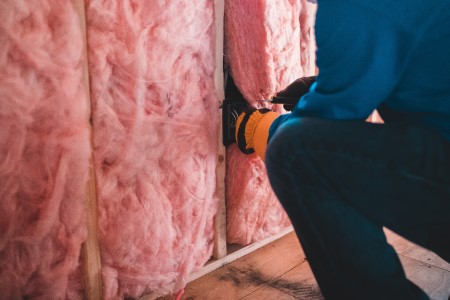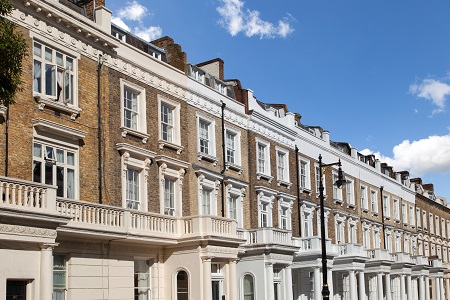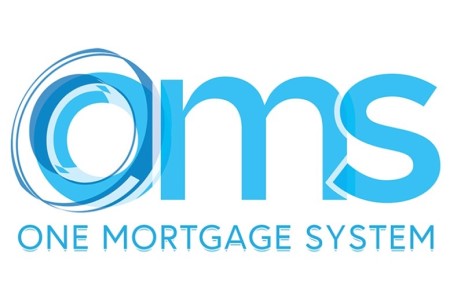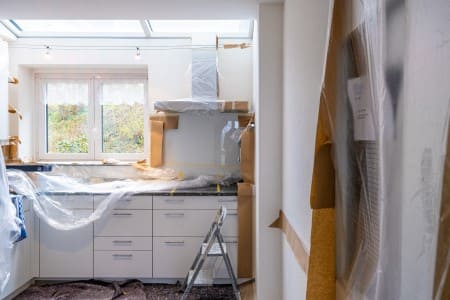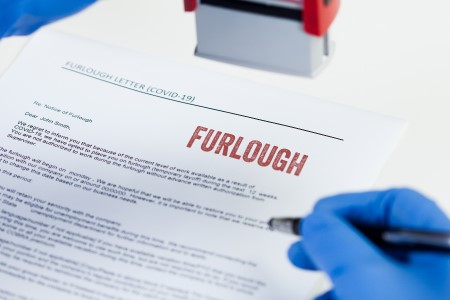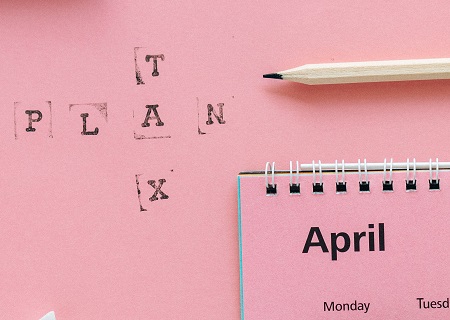The buy-to-let market is going from strength to strength as rents jump across the UK and demand rises across the board. Students are pushing up prices as the next academic year approaches and new opportunities are emerging towards the north of England. Fears that demand would wane as the stamp duty holiday ended proved overblown. Many landlords are planning to expand their portfolios over the coming months, while tenants are expected to pay record amounts of rent. In an effort to help investors make sense of the market, we’ve rounded up 17 questions every buy-to-let landlord should ask themselves before making any moves.
Source: Letting Agent Today, Landlord Today
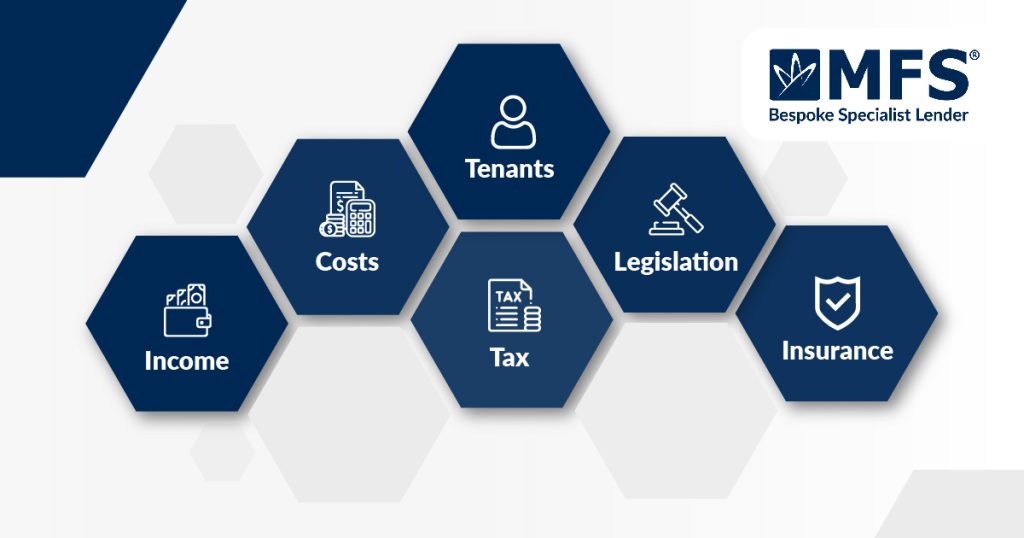
1. Where are buy-to-let landlords are buying now?
Buy-to-let landlords are investing in major cities spread across the UK. By examining areas with the most landlords who’ve owned property for less than a year, and who took out landlord insurance in 2021, simply Business found London was the most popular city for new buy-to-let investors. This was then followed by Birmingham, Manchester, Liverpool, and Glasgow.
There could be plenty of investment on the horizon too, as new geographical hotspots arise. Buy-to-let landlords appear keen to expand their portfolios, with some 74% of landlords surveyed by Handelsbanken planning to retain their current portfolio or add to it. Meanwhile, landlords bought more homes than they sold in the first quarter of 2022. This was the first time this has happened in six years.
A few cities in particular could benefit from this demand. Property prices are expected to skyrocket in Birmingham; while Leeds currently has the highest number of student properties in the UK, and Liverpool’s waterfront has become a key investment hotspot after major regeneration efforts.
Source: Buy Association, Simply Business, This is Money, Letting Agent Today, Landlord Zone, Buy Association
2. How many buy-to-let landlords are there?
In England, there an estimated 2.3 million landlords. There are around 4.4 million households in the private rented sector, housing over 11 million people. There is thought to be around 90,000 landlords in Wales.
These numbers are expected to rise over the coming years. The UK private rental sector could grow by 6.5% by 2025, taking the total number of privately rented dwellings to around 5.8 million.
Source Gov.uk, BBC, Property Notify
3. What are the costs for buy-to-let landlords?
While potentially lucrative, buy-to-let investment is not free of costs. There are a range of set-up costs that’ll need to be factored in before a purchase is made. Broadly, this will include purchase and stamp duty costs, legal and conveyancing fees, mortgage and valuation costs, and possible refurbishment bills.
The actual bills levied will vary greatly. They will be affected by the property’s value, location, and a myriad of other factors. Beyond the initial purchase, investors will also need to factor in running costs. This includes management fees, taxes, service charges, insurance, potential void periods and more. Ongoing costs will also vary but collectively, maintenance in the UK rental sector totals almost £30 billion a year, according to Help me Fix.
Source: Buy Association, Mortgage Introducer, Buy Association

4. What mortgage can I afford?
For investors utilising buy-to-let mortgages, affordability will primarily be based around the size of their deposit. The maximum they’ll be allowed to borrow will also be linked to the amount of rental income expected to come through.
Generally, lenders need rental income to be 25-30% higher than the mortgage payment. A deposit of at least 20-25% of the value of the home will also usually be needed. The bigger an investor’s deposit, the better rate they’ll likely get. The length of the loan will also determine monthly repayments. Typically, buy-to-let mortgages have terms of 25 years.
Rental income and deposit size are two of the main element’s lenders look at, but they’ll also examine the investor’s background, including their income, savings levels and credit history. To work out what you may be able to afford, please utilise our free buy-to-let mortgage calculator.
Source: Money Helper, Which?
5. What is the best way to finance a rental property?
Some buy-to-let landlords may have enough capital set aside to buy a property outright, which will cut long-term interest costs. However, many may be reliant on buy-to-let mortgages. These are special types of mortgages designed to cater for landlords, but they often come with unique elements buyers need to note.
Commonly, buy-to-let mortgages are lent on an interest-only basis. This means borrowers will only pay the interest on the mortgage and will need a plan to cover the loan at the end of the term. This could be done by selling the property or using savings to pay the outstanding debt.
It should be noted fees and interest rates for buy-to-let mortgages tend to be higher than their residential counterparts. Generally, borrowers are expected to earn at least £30,000 to be eligible for a buy-to-let loan, while inexperienced landlords may be charged higher rates of interest.
There are also specialised financial products available to investors. MFS recently launched a specialist buy-to-let mortgage which provides a bespoke product to landlords with more complex backgrounds. Buy-to-let bridging loans, auction bridging loans and permitted & light development bridging loans can also be utilised in financing a rental strategy.
Ultimately, the best form of financing for investors will depend on their specific circumstances. For those unsure of where to start, a broker may be able to narrow down the options.
Source: Forbes, Money Helper, The Times

6. How well should I maintain my rental properties?
Landlords are required to keep their properties in tip-top condition for their tenants. Additionally, the rules on this will only get stricter. Currently, buy-to-let landlords must keep their properties safe and free from health hazards, ensure all gas and electrical equipment is safely maintained, and provide an Energy Performance Certificate (EPC) for the property.
There are a range of legislative acts designed to make sure tenants are safe and secure. This includes the Fitness for Human Habitation Act, the Landlord and Tenant Act, and The Electrical Safety Standards in the Private Rented Sector (England) Regulations among others. Buy-to-let landlords will need to adhere to all these standards.
New Minimum Energy Efficiency Standards will come into force over the coming years, while a Renters Reform Bill is expected to protect renters from unfit homes and poor practices. Given how high standards have become, landlords will want to do all they can to keep their properties up to scratch. There could be severe punishments for those who don’t.
This should not be viewed as a burden, however. Tenants have expressed they’d be willing to pay more in rent for greener homes. Therefore the costs of improving a property could be covered through higher rents.
Source: Buy Association, Property Reporter, Property Notify, Gov.uk, National Residential Landlords Association, Gov.uk
7. How quickly do rental properties pay for themselves?
The overall success of a buy-to-let investment will be determined by various economic factors. But, calculating rental yield on a property is a relatively straightforward way of finding out if a purchase will be worthwhile.
Net rental yields are calculated by taking yearly rental income, dividing it by the purchase price of the property, minus costs. The higher the yield, the quicker an initial investment will be covered, so long as that high yield can be maintained. Currently, the average rental yield for UK buy-to-let landlords is sitting at 5.5% according to Fleet Mortgages. However, if investors know where to look, higher yields can be found. Properties in the North East of England are currently yielding around 8%.
Demand in the market will have a big impact on returns. In Adur and Lewes, properties are being let within 8 and 9 days respectively, according to the Telegraph. Of these, Adur offers the better yield, with the average buy-to-let property costing £372,900.
Taking a standard buy-to-let mortgage length into account, landlords would need to charge £1,243 in rent to cover the mortgage over a 25-year term. That isn’t taking into account any interest charged on the mortgage or other costs. For reference, one-bedroom homes in Adur have a median rent of £715 according to the latest data from the ONS. While the largest homes are going for £1,435.
Source: Buy Association, Money Facts, The Telegraph, ONS
8. How much rental income is taxable?
Rental income will be subject to income tax, but buy-to-let landlords can utilise a number of allowances before anything is paid. Rent-a-room relief may be available for the first £7,500 of income arising from renting out a room in a main residence. A property allowance of £1,000 is also available to people who receive property income, but this cannot be used in conjunction with the rent-a-room scheme.
Everyone also gets a standard personal allowance of £12,570 before any tax is levied on income, which can come from wages, pensions, rental income, and other sources. Beyond these allowances, income tax will be charged on a tapered scale.
Earnings between £12,571 and £50,270 will be taxed at the basic rate of 20%. Earnings between £50,271 and £150,000 are then taxed at the higher rate of 40%, while anything over £150,000 is taxed at 45%. Buy-to-let landlords should note income tax is levied only after expenses or allowances are deducted. Their income will primarily be the rent itself but will also cover any payments tenants make for services normally provided by a landlord. Examples being utility bills or the arranging of repairs for the property.
Landlords with several properties can lump all their rental receipts and expenses together. For landlords, income tax will need to be paid through a self-assessment tax return. Accountants can help where these calculations get complicated.
Source: Gov.uk, Low Incomes Tax Reform Group, Which?
9. What is the rental income I can expect?
Rents vary greatly across the UK but – no matter where you look – they’re on the rise. Annual rental growth in the UK rose by 11% in Q1 2022, according to Zoopla, with the monthly average hitting £995.
A recent surge in student demand pushed rents even higher in July. Average rental prices in England rose by 17.96% last month, taking the average to £1,238, according to Goodlord. London continues to offer the highest rents, which can approach the £2,000 mark. However, the capital also saw the smallest increase of just 3%.
Rents in other cities may not reach quite as high, but they offer much faster growth rates. In the North West they jumped 44%, while prices in the South West rose by 36% to an average of £1,539.
Source: Zoopla, Property Reporter

10. What are the tax advantages of being a buy-to-let landlord?
Buy-to-let landlords can utilise many reliefs and expenses to minimise their tax bill. Generally, landlords can claim the expenses of maintaining their property which can include utility bills, legal fees and service charges. Landlords can also offset up to 20% of their mortgage interest against their tax bill.
Costs paid during void periods, where landlords cover certain bills usually paid by tenants, can be claimed back through self-assessments. Landlords can also purchase property via limited companies which may provide further tax advantages.
The world of tax can be complicated and as such, accountants and other professionals can help investors take advantage of all the perks available to them.
Source: This is Money, Dixons Estate Agents, Which?
11. What happens if you don’t report rental income?
Trying to conceal how much you earn from the taxman is unwise. If HMRC discovers a person has not declared income where tax is due, interest and penalties will be added on top of what’s owed. In serious cases, prosecution and imprisonment is a real risk.
It can be relatively easy for HMRC to track undeclared rental income too. When a property is purchased in the UK, it is recorded by the Land Registry, while “footprints” are made by letting agents, local authorities and lenders among others. HMRC also uses “connect”, a sophisticated computer system which allows the Government to identify taxpayers who are not paying what’s owed.
HMRC has ramped up its efforts to tackle tax avoidance in the rental market in recent months. It recently named and shamed 26 landlord tax dodgers who collectively tried to avoid paying £6.7 million to the state. There is also a “Let Property Campaign” open to landlords. This scheme encourages those who are behind with their taxes to cover them under the best possible terms.
Source: Tax Aid, UK Landlord Tax, Landlord Zone, HMRC
12. What are the new rules for buy-to-let landlords?
The oncoming Renters Reform Bill will bring forward many changes for landlords. Currently making its way through Parliament, the bill is set to ban section 21 no-fault evictions, provide tenants with stronger powers to challenge poor practices, make it illegal for landlords to have blanket bans on state benefit claimants and more.
The proposed changes will also be enforced by a new Ombudsman, which will ensure disputes are settled quickly, without the need to get courts involved. Other measures on the horizon may give tenants more power to challenge unjustified rent increases and allow landlords to get possession of their properties back from antisocial dwellers efficiently.
Buy-to-let landlords will also be required to upgrade their properties to meet new EPC minimums. New regulations may require all properties let for new tenancies to have an EPC rating of at least C by 2025, extending to all tenancies by 2028. For commercial landlords, new EPC rules will come into play from as early as 2023.
Source: Gov.uk, Sky News, Gov.uk, Mortgage Introducer
13. Do buy-to-let landlords need insurance?
There is no legal requirement to have buy-to-let landlord insurance, but it is advisable to invest in some. Having this insurance can provide peace of mind to investors where things go wrong.
There are multiple types of insurance coverage to consider. Landlord buildings and content cover is for property damage or stolen contents. Loss of rent cover can protect income should a property end up uninhabitable because of an unexpected disaster, such as a fire.
Property owners’ liability protects landlords against compensation claims where an accident is deemed their fault. An example being if a slate tile fell off a roof and hit a tenant’s car. Commercial legal protection may also protect landlords from expensive legal action, while employers’ liability insurance will be needed where landlords employ people to work on their property.
Given how broad in scope landlord insurance can get, it is advisable to compare quotes through websites such as MoneySuperMarket or Compare the Market.
Source: Moneyfacts
14. Can a landlord live in a buy-to-let property?
If a property has been purchased through a buy-to-let mortgage, landlords will not be able to live in it as this will be in breach of the mortgage terms. Generally, a landlord can have “reasonable” access rights to a property for repairs, maintenance, and monitoring purposes. However, they must give tenants at least 24 hours’ notice ahead of a visit.
Source: RW, Confused.com
15. Can you buy a house and let someone live in it rent-free?
Generally, private landlords are free to charge whatever they want for their properties. So long as the costs, including a mortgage, are covered, there is no minimum or maximum at play. If a landlord owns a property outright, they could let people live in it for free if they wished to. Although, it should be remembered all landlord, property and tenancy laws will still need to be followed, regardless of whether money is coming in.
Additionally, while new rules on rental increases are planned, the “Fairer Rented Private Sector” white paper states the Government does not support the introduction of rent controls.
Source: Landlord Today
16. Can I buy a property on buy to let and rent it to myself?
Investors are free to live in properties they own outright but so long as a buy-to-let mortgage is involved, landlords will not be able to live in them. Where owners want to live in their property they own via a buy-to-let mortgage, they may be able to switch it over to a residential mortgage. This will require further applications and checks however, so investors will need to consider this carefully.
17. Can a landlord sell a property during a tenancy?
Yes, it is possible to sell a property with a sitting tenant – also known as tenant in situ – who will still be renting the property as ownership changes. Landlords can sell their properties with tenants’ still living in them through estate agents, auctions or home buying companies etc.
According to the National Residential Landlord Association, selling with tenants can present a lot of upsides for landlords. It can guarantee yields for prospective buyers, save time and be less disruptive for tenants.
Source: National Property Buyers, National Residential Landlord Association
Disclaimer
MFS are a bridging loan and buy-to-let mortgage provider, not financial advisors. Therefore, Investors are encouraged to seek professional advice.

